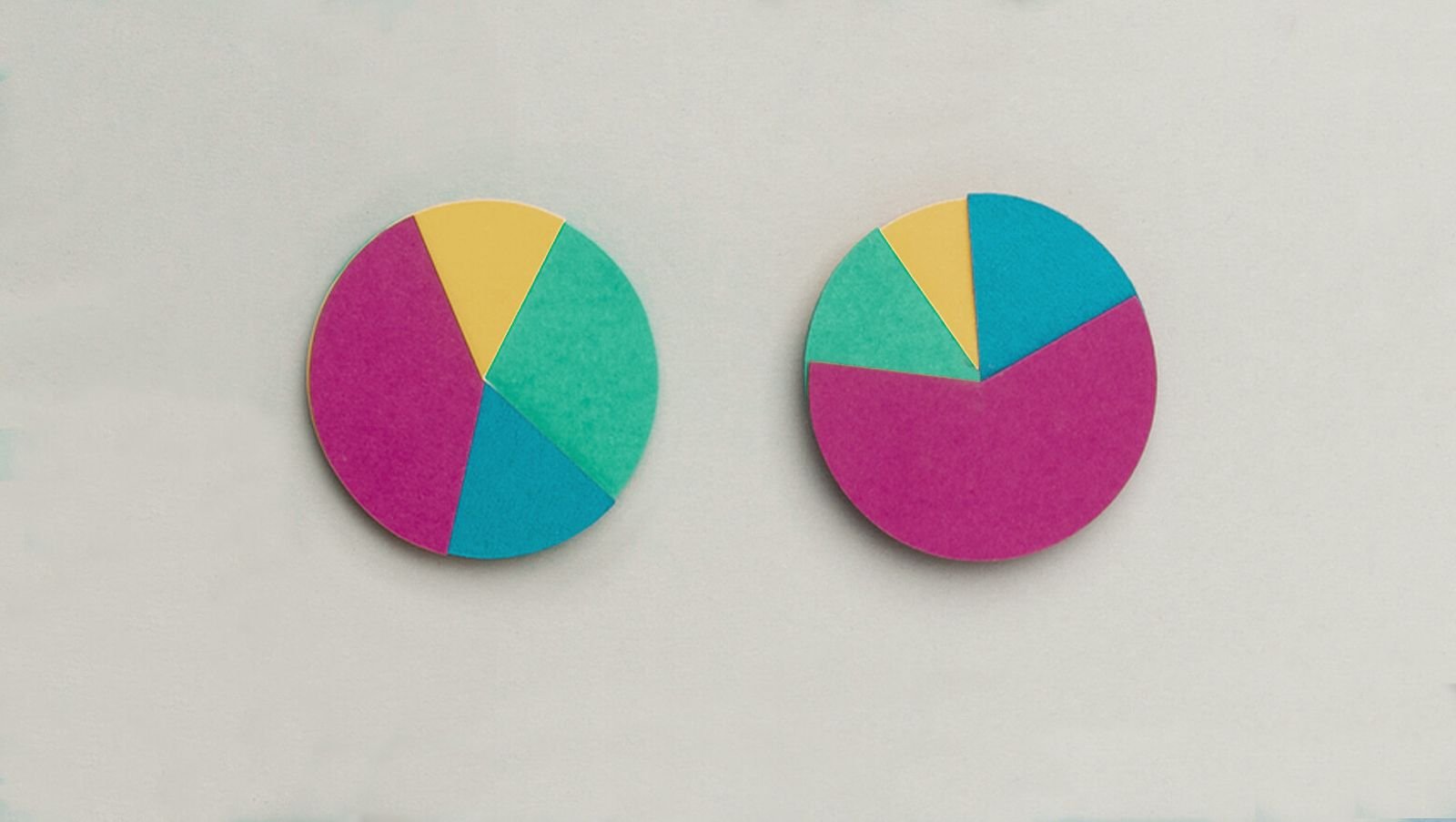The Average Savings By Age 25: A Realistic Guide For Young Adults
While the average savings by age 25 might seem like a distant goal, the truth is that it’s more achievable than you might think. A recent study found that 45% of young adults who consistently set aside even a small portion of their income saw significant growth in their savings over time. The key is to start early and build a consistent savings strategy.
Understanding the Average Savings by Age 25
So, what’s the average savings by age 25? According to the Federal Reserve’s latest findings, individuals under 35 have a median savings of $3,240, while the average savings is a more generous $11,250. If those numbers sound intimidating, you’re not alone. Many young adults are still trying to find their financial footing amidst student loans, rent, and the occasional avocado toast splurge.
But don’t let these statistics get you down. They’re just that—numbers that don’t define your unique situation. Remember, everyone’s financial journey is different, influenced by factors like income, job stability, and personal circumstances. If you’re fresh out of college and still in an entry-level job, it’s perfectly normal to have less than the average savings. What matters is that you start developing good financial habits now that can pay off later.
Setting Realistic Savings Goals for Your 20s
While the average savings by age 25 can serve as a benchmark, it’s more important to set realistic savings goals tailored to your lifestyle and financial situation. Here are some key areas to focus on:
Building an Emergency Fund: Your Financial Safety Net
First things first: you need an emergency fund. Think of it as your financial safety net, designed to catch you when unexpected expenses come crashing down—like medical bills, car repairs, or that surprise job loss. Financial experts recommend saving enough to cover 3-6 months’ worth of living expenses in this fund.
Starting an emergency fund might feel like trying to climb Mount Everest, especially if your budget is tighter than your jeans after a holiday feast. But you don’t have to summit the peak in one go. Start with small, manageable goals. Maybe it’s $25 or $50 a month. Over time, these little contributions can turn into a nice cushion. Automating transfers to your emergency fund can make saving even easier. For example, if you set up an automatic transfer of $50 from your checking to your savings account each month, you could stash away $600 by year-end without breaking a sweat.
Retirement Savings: Start Early, Reap the Rewards
I know what you’re thinking: “Retirement? I just got my first paycheck!” But here’s the deal: the earlier you start saving for retirement, the better off you’ll be. Contributing to a retirement account like a 401(k) or Roth IRA can be a game-changer, thanks to the magic of compound interest. It’s like planting a money tree that grows bigger every year!
Even if you can only save a small percentage of your income at first, starting early is crucial. Many financial gurus suggest aiming to save at least 15% of your pre-tax income for retirement. If that feels like climbing a mountain, start with a smaller percentage and ramp it up over time. For instance, kick things off by saving just 5% of your income, and then increase it by 1% each year until you hit that golden 15%.
And if your employer offers a 401(k) plan with matching contributions, don’t leave that money on the table! This is essentially “free money” that can supercharge your retirement savings. Even if you can only contribute enough to get the full match, you’re already ahead of the game.
Managing Debt: A Crucial Step Towards Financial Freedom
Let’s talk about debt—specifically, student loans. Tackling your debt should be a top priority in your 20s, as it can significantly impact your ability to save. Paying down high-interest debt can free up cash flow, allowing you to divert those funds toward savings and investing.
Creating a debt repayment strategy is essential. Start by listing all your debts and their interest rates. Focus on paying off the high-interest debts first; they accumulate interest faster than you can say “financial freedom.” You might consider using the avalanche method (paying off high-interest debts first) or the snowball method (tackling smaller debts first for quick wins). If you have multiple loans, consolidating them could lead to a lower interest rate and simplify your payments.
Smart Strategies for Boosting Your Savings in Your 20s
Achieving your savings goals in your 20s might require a few lifestyle adjustments and strategic planning. Here are some tried-and-true techniques to help you maximize your savings:
Track Your Spending: Understand Where Your Money Goes
The first step to improving your savings is understanding your spending habits. Use budgeting apps or create a simple spreadsheet to track your income and expenses. This will help you identify areas where you can cut back and redirect those funds toward your savings. For example, if you realize you’re spending a small fortune on takeout, you might opt to channel your inner chef and whip up meals at home instead.
Automate Your Savings: Set It and Forget It
Making saving automatic can be a total game-changer. Set up recurring transfers from your checking account to your savings account, ensuring that a portion of your income is allocated toward your financial goals before you even have a chance to spend it. This method reduces the temptation to dip into your savings for that new pair of shoes you definitely don’t need.
If your bank offers a “round-up” feature, consider using it. This handy option rounds up your purchases to the nearest dollar and deposits the difference into your savings account. For instance, if you spend $3.75 on a coffee, the bank will round it up to $4.00 and transfer the extra $0.25 into savings. It may seem small, but those little increments can accumulate over time.
Explore Side Hustles: Earn Extra Income
Looking to boost your savings? Consider picking up a side hustle or freelance gig. Whether it’s writing, graphic design, or even dog walking, a little extra income can make a big difference. The gig economy is full of opportunities for young adults to monetize their skills or passions.
For example, if photography is your jam, why not offer your services for events or portraits? Or if you have expertise in a particular subject, tutoring can be a rewarding way to earn extra cash while helping others.
Negotiate Your Salary: Don’t Be Afraid to Ask
As you progress in your career, don’t shy away from negotiating your salary. Research the average pay for your role and industry, and be prepared to make a compelling case for a raise. Increasing your income can unlock more opportunities to save and invest.
Many people hesitate to negotiate their salaries due to fear or uncertainty, but it’s a normal part of career development. Prepare for the conversation by compiling your achievements and contributions to the company. Be confident in your value and express your desire for fair compensation. Remember, employers often expect negotiation, and being assertive can lead to a better financial position.
FAQ
Q: What if I’m behind on saving?
A: It’s never too late to start saving. Focus on building good habits now and make small, consistent contributions. Every dollar you set aside counts!
Q: How much should I save for retirement?
A: Aim to save 15% of your pre-tax income for retirement. If that’s too steep, start with a smaller percentage and gradually increase it over time.
Q: What are some good resources for financial planning?
A: Check out websites like NerdWallet, Investopedia, or The Motley Fool for valuable financial advice and resources to help you on your journey.
Conclusion
Saving money in your 20s is essential for securing a brighter financial future. By focusing on building an emergency fund, starting retirement savings, managing debt, and adopting smart strategies, you can lay a strong foundation for your financial independence.
Remember, the “average savings by age 25” is just a benchmark, not a one-size-fits-all target. Tailor your savings goals to your unique circumstances and work towards them consistently. So, take that first step today—track your spending, automate your savings, and explore side hustles. Your future self will thank you for the financial habits you cultivate now, as they will pay dividends in the years to come.
MORE FROM findbusiness.me













